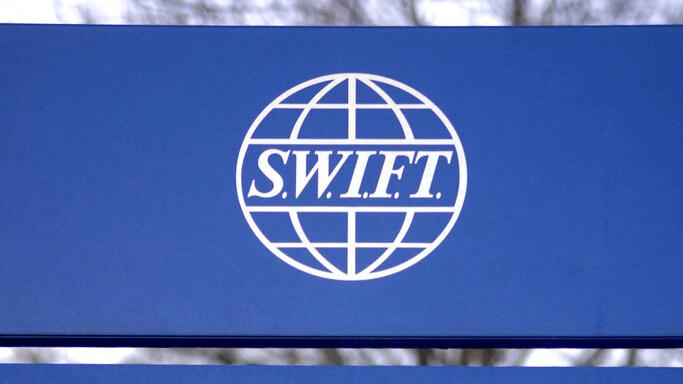
SWIFT, the entity that runs the messaging system used by financial institutions globally to send instructions on tens of millions of transactions a day, will add a blockchain-based ledger to its infrastructure.
The Society for Worldwide Interbank Financial Telecommunication, or SWIFT for short, has kicked off work to design and build the ledger with more than 30 global financial institutions including JPMorgan Chase & Co, HSBC Holdings Plc, Bank of America Corp and Deutsche Bank AG, the member-owned cooperative said in a statement Monday. The first prototype will be focused on real-time, 24/7 cross-border payments and will be built using technology from the US blockchain software firm Consensys, which is run by Ethereum co-founder Joseph Lubin.
The ultimate goal of SWIFT’s blockchain-based infrastructure will be to allow its members to use the network for transactions involving various kinds of digital assets, such as stablecoins, tokenized deposits or other tokenized assets. It follows years of participation in experiments with blockchain technology, including the Monetary Authority of Singapore’s Project Guardian.
SWIFT did not provide a timeline for the project, which it said was part of its strategy to power payments “however value moves” and “ready the industry for digital finance”.
“In conversation with these institutions, you clearly feel that the moment is now to bring the collaboration together,” said Thierry Chilosi, chief business officer at SWIFT, speaking on a panel at the Sibos banking and financial conference in Frankfurt on Monday.
The move comes as large financial institutions accelerate efforts to use the technology underpinning cryptocurrencies, hoping to streamline and automate some of their more complex processes across areas like cross-border payments and securities settlement.
Financial institutions — including SWIFT — have been experimenting with blockchain for years, but few initiatives have reached significant scale or have become commercially viable. Moves by banks to build their own projects has led to a fragmentation in technology in which different lenders’ networks aren’t easily interoperable.
A lot of these efforts have focused around payments, particularly in adopting or developing stablecoins, a type of cryptocurrency that is pegged to a more stable asset like the US dollar. Firms believe stablecoins could offer a cheaper and faster alternative to traditional payment rails. A group of nine European banks announced they were developing a stablecoin earlier this month.
READ MORE: SWIFT eyes central bank digital currency platform in 1-2 years
As a global financial artery, SWIFT delivers secure messages among 11,500 companies in over 200 countries and territories, directing trillions of dollars in transactions.
“We provide powerful and effective rails today and are moving at a rapid pace with our community to create the infrastructure stack of the future,” SWIFT Chief Executive Officer Javier Perez-Tasso said in a statement.


